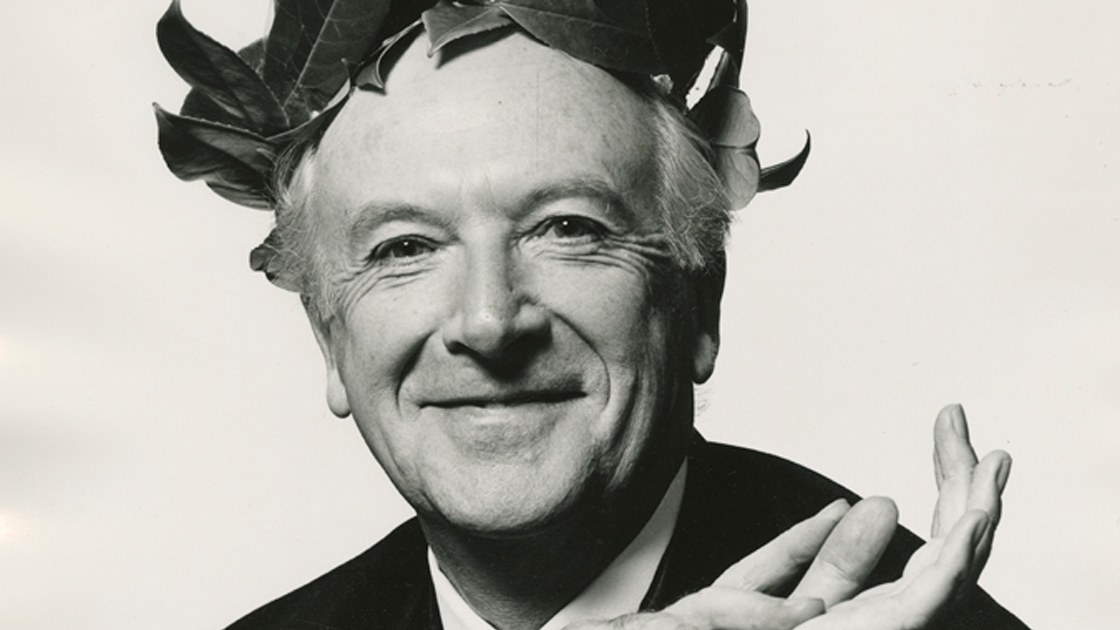LOVE, CECIL
Zeitgeist Films in association with Kino Lorber
Reviewed by: Harvey Karten
Director: Lisa Immordino Vreeland
Screenwriter: Lisa Immordino Vreeland
Cast: Rupert Everett, (narrator). Cecil Beaton, Hamish Bowles, Leslie Caron, David Hockney, Isaac Mizrahi
Screened at: Critics’ link, NY, 6/15/18
Opens: June 29, 2018
“I’m an ordinary man,” explains Henry Higgins in “My Fair Lady” to his best friend Col. Pickering, “Who desires nothing more than just an ordinary chance to live exactly as he likes, and do precisely what he wants. An average man am I, of no eccentric whim, who likes to live his life free of strife, doing whatever he thinks is best for him. Just an ordinary man.” Of course Higgins was not what he claimed. Now imagine a person who really does fit the bill as “an ordinary man.” You would be imagining the very opposite of Cecil Beaton, who won Oscars in both production design and costume design for “My Fair Lady” helping to make that musical one of the Broadway icons of the last century.
In Lisa Immordino Vreeland’s love letter to Cecil Beaton, she affords us a look at the career and inner life of an extraordinary man, a man who has created color, imagination, and fantasy; in short a vivid look at all that is beautiful about life. A Renaissance person who could not sit still and focus on a single career, Beaton was above all a photographer, but exceptional as well as a theatre set designer, a creator of costumes, a lighting designer, and even an actor who appeared in Oscar Wilde’s “Lady Windermeer’s Fan.” Not mentioned by this film which, after all, limits itself to a mere 99 minutes, he designed the sets and costumes for a production of Puccini’s “Turandot.”
Vreeland, in her métier as a person who made documentaries on Diana Vreeland and Peggy Guggenheim, is obviously a great supporter of the artist, who died in 1980. She might be accused of being in love with Sir Cecil Walter Hardy Beaton CBE, though she does point out an unfortunate incident in which Beaton, who published six volumes of diaries, used the word “kike” on one page of Vogue magazine, perhaps the most obscene term used by anti-Semites to describe the Jewish people. Beaton tells the camera that he has no idea why he wrote this, that he is not anti-Jewish (never mind that a good segment of the British upper classes at the time were indeed), and that he regrets that Vogue had to shred thousands of copies and fire him.
We become privy to vast array of Beaton’s portraits in black-and-white and color and to a few segments of the colorful “My Fair Lady” and “Gigi.” In the former musical, the song “Ascot Gavotte,” which portraits the British upper class at a racetrack saying how positively ecstatic they are when the horses are running, though with the stiffness and lack of emotion that have become stereotypies of the upper orders.
Of his loves, he cites Greta Garbo, who surprised Beaton by allowing him to photograph the woman who “vant[s] to be left alone.” As the official photographer of the Queen mother, he is overcome with emotion as he is invited to photograph Queen Elizabeth II in a series of shots that went way over the time limit he is granted. He left behind photographs of his two male lovers, and cautiously tells us that he did not get along with George Cukor, who directed “My Fair Lady,” and for some reason hated Richard Burton and Elizabeth Taylor.
See this on the big screen where you can best revel in the gorgeous costumes, vivid set designs, dramatic sketches and portraits, and snippets from two of the all-time great Broadway musicals.
Unrated. 99 minutes. © 2018 by Harvey Karten, Member, New York Film Critics Online
Story – A-
Acting – B+
Technical – A-
Overall – B+






